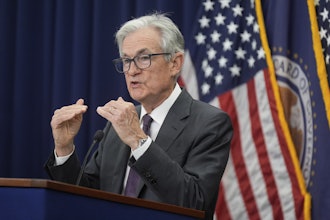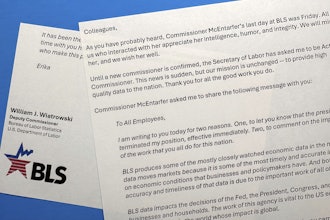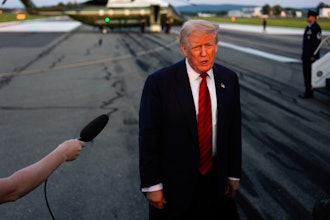
WASHINGTON (AP) — Wholesale inflation in the United States fell in December, further evidence that price pressures in the economy are easing.
The Labor Department reported Friday that its producer price index — which tracks inflation before it reaches consumers — declined 0.1% from November to December. Measured year over year, producer prices rose by a mild 1%.
Excluding volatile food and energy costs, so-called core wholesale prices were unchanged from November and up 1.8% from a year earlier. Core inflation, by omitting prices that tend to fluctuate from month to month, is seen by many economists as a better guide to the direction of inflation.
Friday's report reinforced the view that U.S. inflation pressures are slowing, if not always consistently. The producer figures, which reflect prices charged by manufacturers, farmers and wholesalers, can eventually influence consumer prices.
After reached a four-decade high in mid-2022, inflation has slowed sharply in the face of 11 interest rate hikes by the Federal Reserve. But there have been blips along the way.
On Thursday, for example, the government reported that its closely watched index of consumer prices unexpectedly picked up pace in December, driven mainly by housing and energy costs. But core consumer prices rose just 0.3% from November, unchanged from the previous month, and 3.9% from a year earlier — the mildest 12-month pace since 2021.
The Fed began aggressively raising its benchmark rate in March 2022 to try to slow borrowing and spending and cool inflation. But as inflation measures have edged closer to its 2% year-over-year target, the central bank has left interest rates unchanged since July. Last month, the Fed's policymakers signaled that they expected to reverse direction and cut rates three times this year.
Some Wall Street investors had expected the rate cuts to start as soon as March, earlier than most economists had envisioned. December's faster-than-expected consumer inflation may mean that the Fed will hold off on rate cutting until later this year.
The Fed's hikes in 2022 and 2023 raised its benchmark rate to a 23-year high of around 5.4%. Despite higher borrowing costs, the U.S. economy and job market have proved surprisingly resilient. The unemployment rate, for example, remains just 3.7% and has come in below 4% for 23 straight months, the longest such streak since the 1960s.
The combination of slowing inflation and a sturdy economy has raised hopes that Fed can pull off a rare "soft landing" — raising rates enough to tame inflation without tipping the economy into a recession.






















